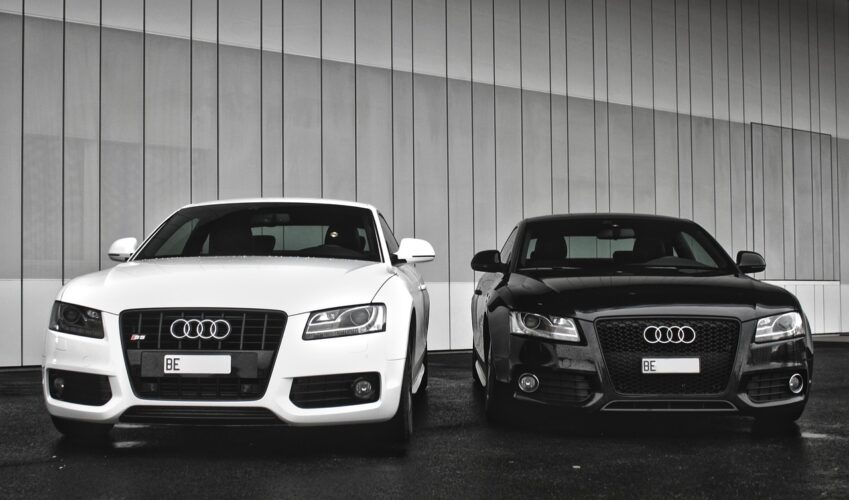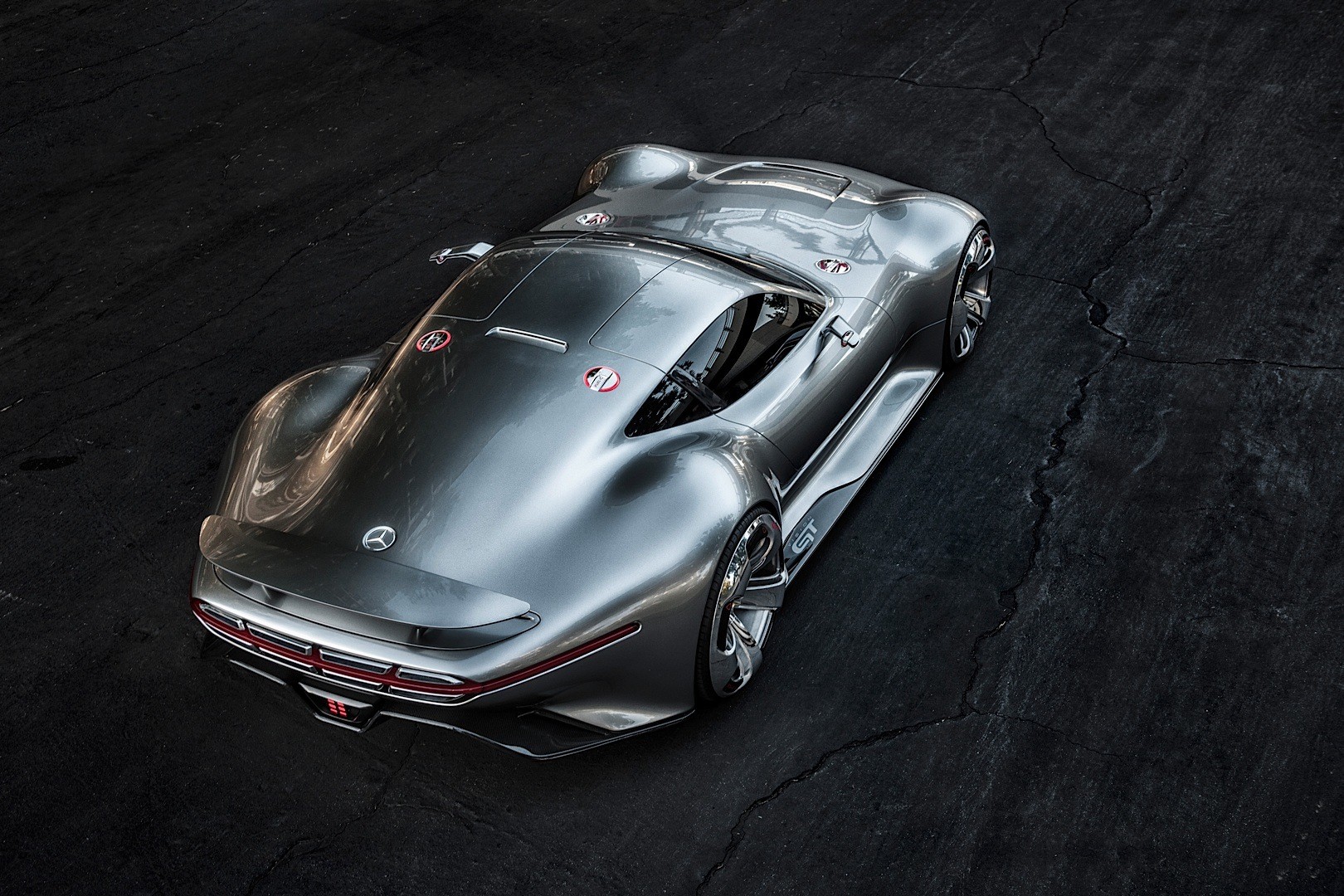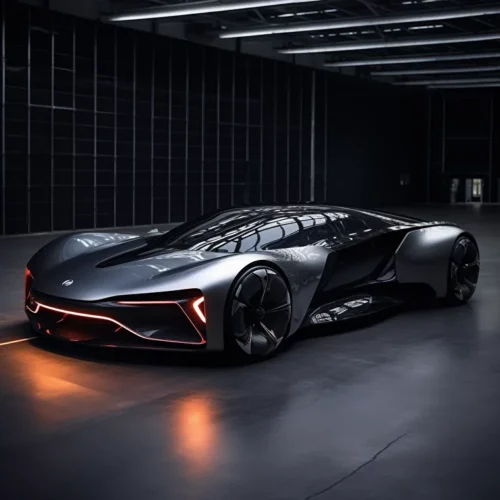In the ever-shifting landscape of the automotive world, where disruptive startups and emerging Chinese brands are rewriting the rules, it’s natural to wonder about the importance of heritage. Do people still care about the classics, the icons that define...
In the ever-shifting landscape of the automotive world, where disruptive startups and emerging Chinese brands are rewriting the rules, it’s natural to wonder about the importance of heritage. Do people still care about the classics, the icons that define luxury in the realm of automobiles? According to Mercedes-Benz, the answer is a resounding yes.
“It’s very much about icons,” states Gorden Wagener, the chief design officer of Mercedes-Benz. “Icons make the difference between mainstream and luxury.” And in the pursuit of redefining luxury, Mercedes has turned to its own history, specifically to the experimental C111 concept from 1969. This bold move showcases not only a respect for the past but also a commitment to shaping the future of automotive design.
Back in 1969, the world was in the throes of revolutionary design thinking. Car designers, predominantly Italian, had abandoned the sensuous curves of the past in favour of radical proportions and wedge-shaped silhouettes. This era gave birth to masterpieces like Bertone’s Alfa Romeo Carabo and Lancia Stratos Zero, Italdesign’s Bizzarrini Manta, and Pininfarina’s Ferrari Modulo. These cars didn’t just look like vehicles; they seemed like spaceships ready to explore uncharted territories. It was a time of audacious creativity and boundary-pushing innovation.
Meanwhile, in Stuttgart, Mercedes-Benz was undergoing its own transformation. The 1969 C111, with its mid-engine layout, copper-infused orange hue, and striking head and tail light design, captured the essence of this era. Fast forward to the present day, and Mercedes has reintroduced this iconic concept in the form of the Vision One-Eleven.
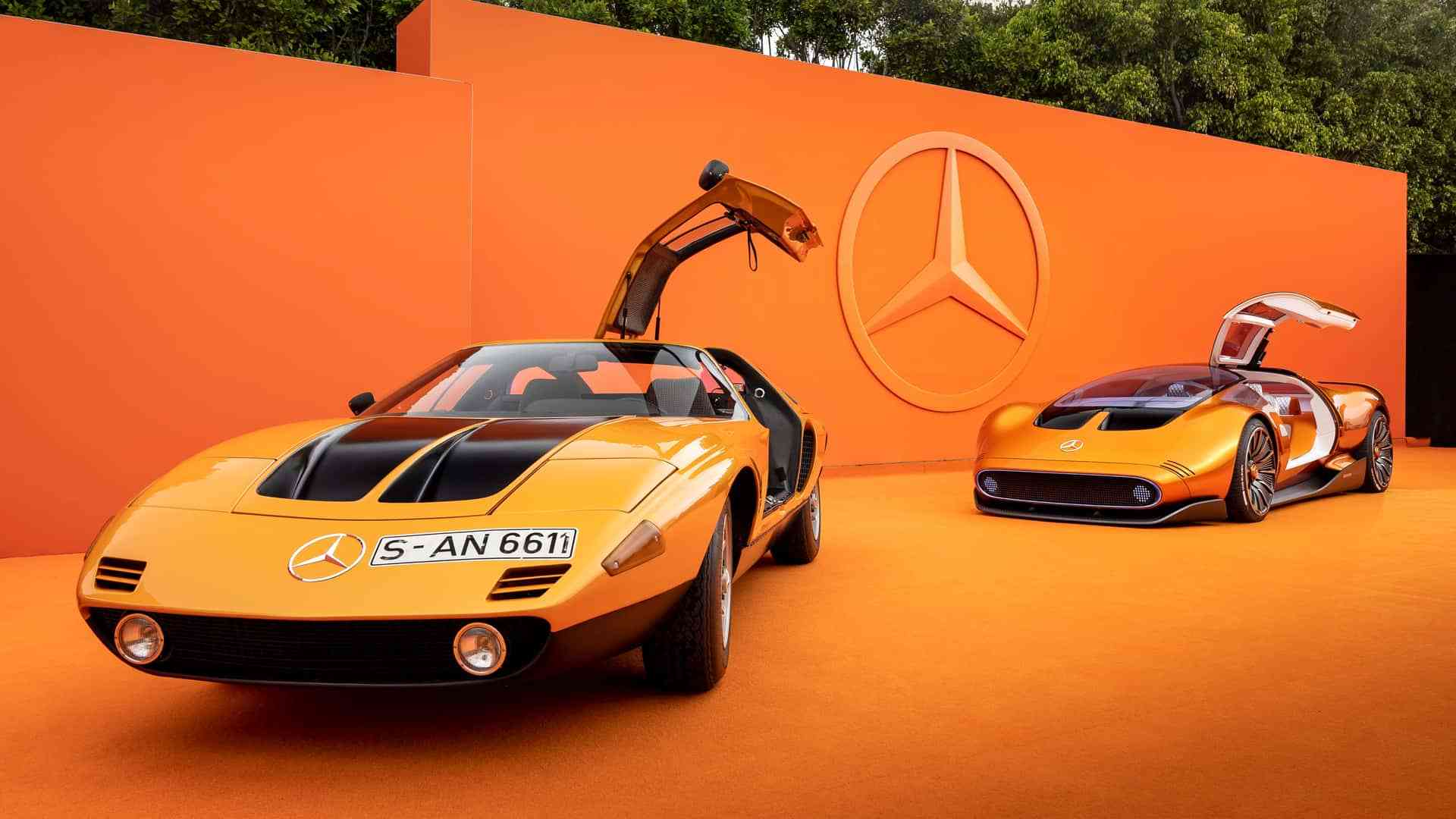
The Vision One-Eleven, with its nostalgic yet futuristic design, pays homage to the C111’s spirit. It’s not just another car; it’s an embodiment of an era, a fusion of the 1960s’ audacity with the cutting-edge technology of today. The copper-infused orange colour scheme, reminiscent of the original C111, immediately draws the eye. But it’s not just about the colour; it’s about the aura, the presence that this car exudes.
One of the most striking features of the Vision One-Eleven is its seamless design. The car appears as one continuous surface, where the roof seamlessly merges into the body, creating a visual harmony that’s hard to ignore. The gullwing doors, a nod to the iconic design motif introduced by Mercedes in the 1950s, add a touch of drama and elegance. These doors, when opened, reveal an interior that’s a blend of retro-futurism and modern minimalism.
Step inside, and you’re greeted by a cockpit that feels like a scene from a sci-fi movie. The dash, upholstered in a white fabric made from 100% recycled polyester, contrasts beautifully with the vibrant orange leather accents. Sustainability meets luxury in this interior, where even the leather is processed using coffee bean husks. The driving position, akin to the setup in an F1 car, adds a sporty flair to the overall ambiance.
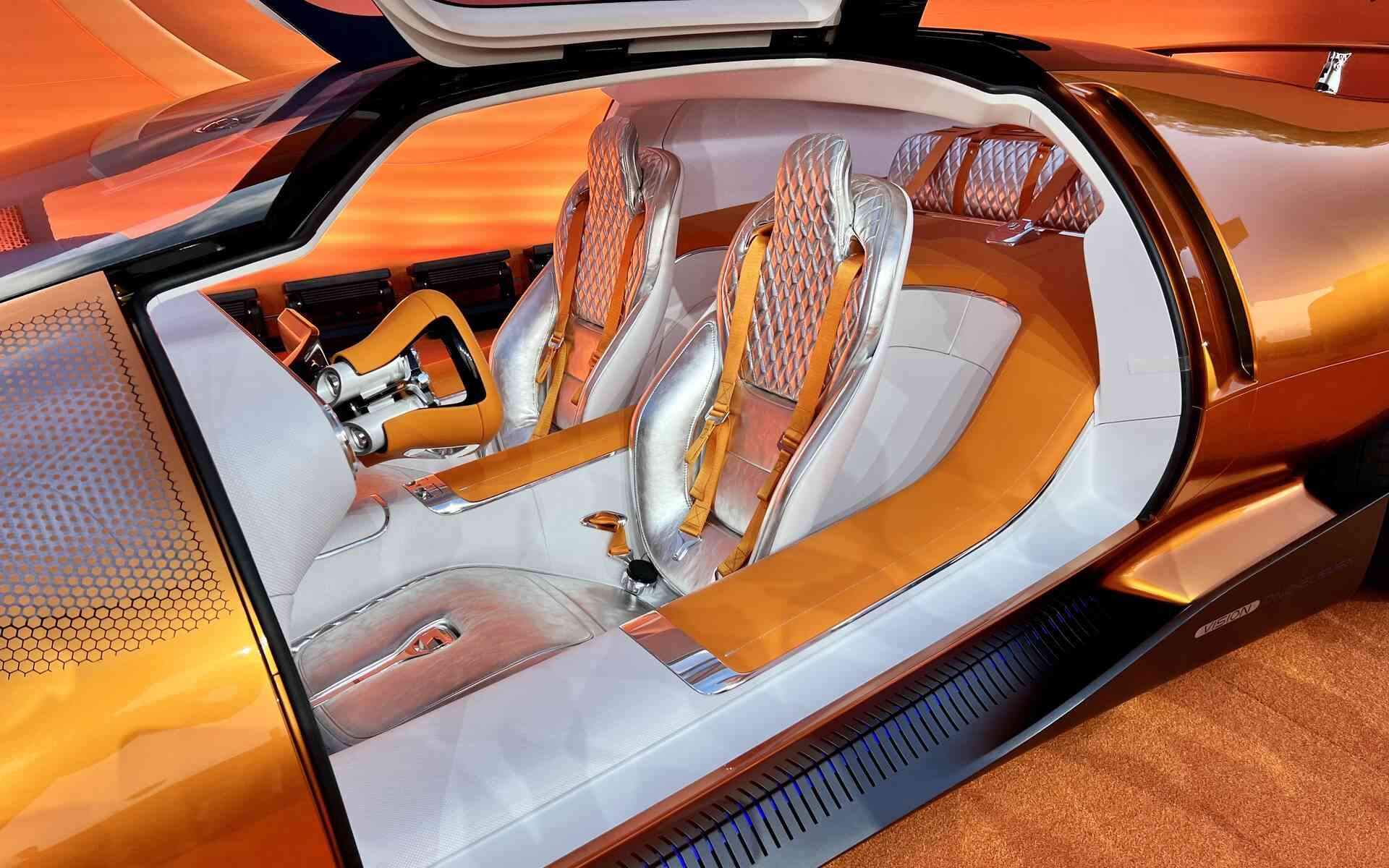
But the Vision One-Eleven isn’t just about aesthetics; it’s a statement of intent from Mercedes. The car features YASA axial flux motors on each wheel, coupled with a substantial battery pack, marking a significant step in the brand’s electric journey. The design language, characterized by its ‘one bow’ approach, pushes the boundaries of what’s possible in the realm of automotive design. The car communicates with other road users, seamlessly integrating technology into the driving experience.
In a world where complexity often takes the lead, the Vision One-Eleven stands as a testament to the power of simplicity. Gorden Wagener’s philosophy of ‘sensual purity’ shines through in every curve and contour of this car. The focus on functionality, style, and iconic moments culminates in a vehicle that not only moves you physically but also stirs something deep within.
And for those who desire something truly unique, Mercedes is expanding its Manufaktur personalisation programme, with three new Maybach Night Series models in the pipeline. But, for the select few with deep pockets, the pinnacle of exclusivity lies in the possibility of owning your very own Vision One-Eleven.
In a world where icons define luxury, the Vision One-Eleven is a legacy in the making, a bridge connecting the past, present, and future of automotive excellence. So, the next time you see a sleek, copper-infused silhouette on the road, remember, it’s not just a car; it’s a vision. It’s the Vision One-Eleven, a tribute to the audacious spirit of 1969, reborn for the discerning drivers of today and tomorrow.
The post A Revolutionary Classic Resurrected: Mercedes-Benz Vision One-Eleven appeared first on My Car Heaven.



